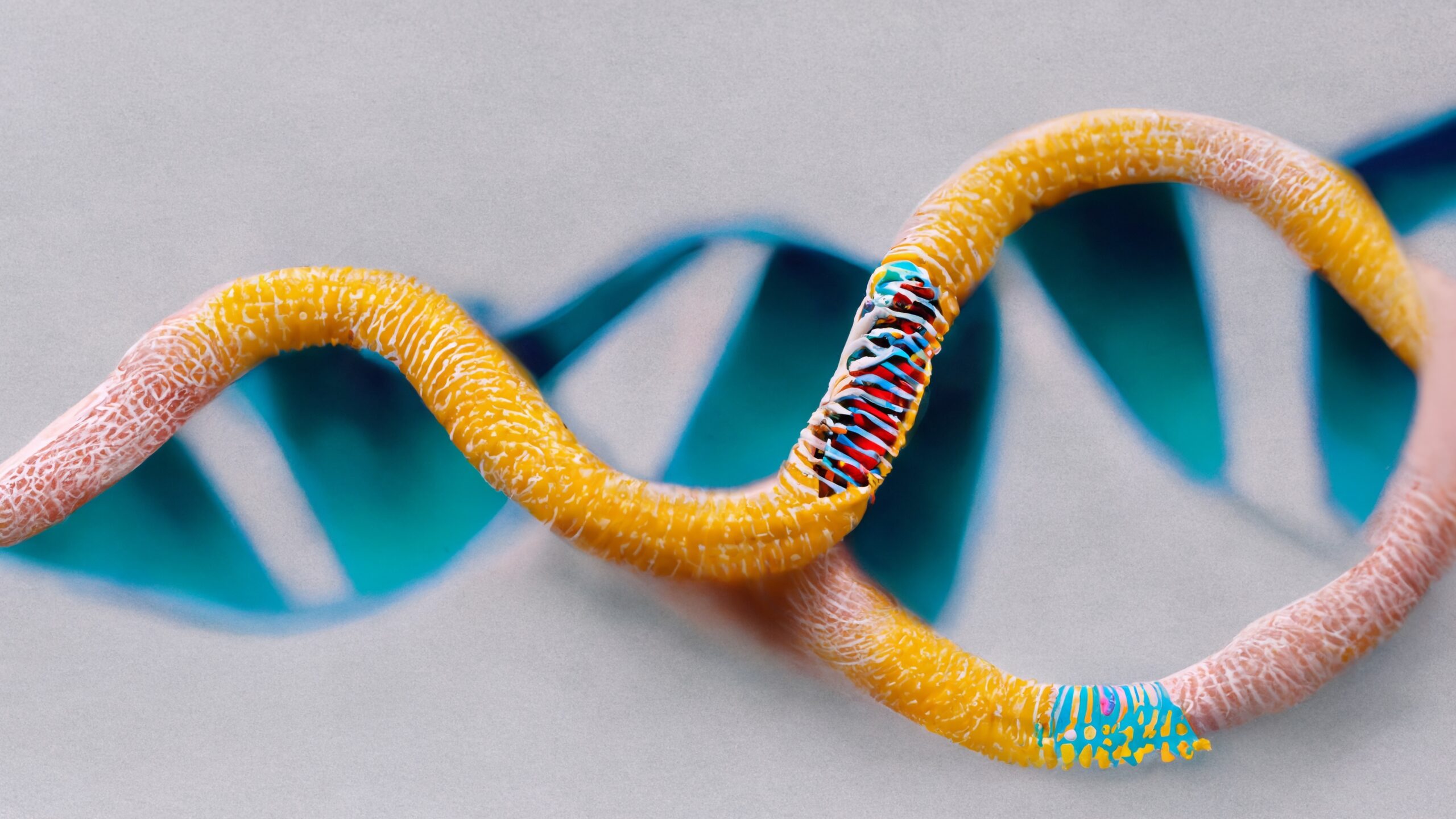
In the world of scientific discovery, the tiniest creatures can leave the most profound footprints. Much like how mouldy spores from a simple fungus gave birth to antibiotics through penicillin, the discovery of repeating patterns in a bacterium’s DNA led us to modern gene-editing technologies.
CRISPR, short for clustered regularly interspaced short palindromic repeats, gets its name from the repeating patterns that Japanese researchers spotted in the DNA of Streptococcus pyogenes in 1987. It was as if nature had left a series of cryptic notes, almost like a genetic jigsaw puzzle. Scientists noticed that these repeating sequences were interspersed with unique DNA snippets that did not resemble the bacterium’s own genetic code.

This unusual arrangement led researchers to wonder: Could these repeating sequences be a form of molecular memory?
It was not until 2012 that CRISPR could be repurposed to become a gene-editing tool for humans, thanks to work by Dr Jennifer Doudna from UC Berkeley and Dr Emmanuel Charpentier from the Max Planck Unit for the Science of Pathogens, Berlin.
As a term, CRISPR today has become as commonplace in the field of gene editing as ChatGPT has in the realm of artificial intelligence. But it is not the only gene-editing technique available.
As more and more therapies make use of altering the human gene for short and long-term health benefits, it becomes important to understand how these technologies work, what we know about their consequences, and what the future holds for human health.
Here is a primer on gene-editing in the 21st century.
CRISPR gene-editing explained

CRISPR is often compared to a set of molecular scissors. These scissors can snip out erroneous parts of a gene and replace them with a “correct” part, almost like working in a word processor with ‘find-cut-paste’ simplicity, explains Sundaram Acharya, PhD, a former graduate student from Dr Debojyoti Chakraborty’s lab at CSIR-IGIB, New Delhi and a Stellar Science Foundation Fellow with Professor Hiroshi Nishimasu at RCAST, The University of Tokyo, Japan.
A snip in our genes
But what exactly are we editing when we edit genes and how does it affect our health?
Genes can be considered the building blocks of our physiological attributes. “Imagine genes that construct the intricate design of our individuality as Lego blocks. Just as Lego blocks come together to shape a specific object, genes act as similar building blocks crafting details like your height, eye colour, skin tone, and more,” says Dr Acharya.
Editing genes is like editing language
“If you delve deeper into the nature of these genetic building blocks, you’ll find they consist of four letters: A (adenine), G (guanine), C (cytosine), and T (thymine). Using these four letters, nature composes the entire script of our uniqueness, much like we create words in a word processor using 26 English alphabets. The combination of these ‘genetic letters’ forms the blueprint of our existence,” he notes.
Much like a misspelling, changes in the order of these letters can lead to broken genetic sentences. But unlike language, such breaks can reproduce and perpetuate across the whole.
“Imagine stumbling upon a damaged Lego block in your structure. This flaw can cascade throughout the entire creation. Similarly, in the realm of genetics, we call such flaws ‘mutations,’ and they can jeopardise our daily functioning resulting in what we refer to as diseases,” he explains. “These mutations occur when the sequence of DNA’s four letters changes. These changes could be a single letter alteration (causing monogenic diseases like sickle cell anaemia) or involve multiple letter changes across different genes (leading to polygenic diseases like diabetes).”
Gene-editing tools overview: CRISPR, ZFN and TALENS

The fault in our genes
Genetic errors can arise from a variety of factors — some are inherited from our parents, like the gene that leads to sickle cell anaemia. Others can be dormant but triggered by lifestyle choices, like diabetes. Some arise as a combination of the two, explains Acharya.
Genes do not dictate the whole story, however, bringing us to the “nature vs nurture” conundrum.
“Think of genes as the first draft of your life story. They set the stage, but you get to write the rest of the chapters through your choices and actions. So, while genes play a significant role in shaping your everyday and long-term health, your lifestyle, habits, and environment also have a say in the final plot of your life’s story. It’s a beautiful interplay of nature and nurture that makes each of us wonderfully unique,” says Acharya.
Future perfect
In the quest for control over our health, gene-editing has emerged as a powerful force to “deliberately and decisively correct errors in your genes,” according to Acharya. As modern gene editing is capable of editing each of the two copies of genes we inherit from our mother and father, new possibilities are unlocked for personalised genetic health interventions.
“The exciting development is that CRISPR scissor has been refined for greater precision while maintaining its sharpness. In fact, in my doctoral work in Dr Debojyoti Chakraborty’s lab at IGIB, we dedicated ourselves to solving this challenge in the field,” he says. “We successfully achieved it, and this newly minted tool will be used in India for clinical trials targeting diseases like sickle cell anaemia by Dr Chakraborty’s lab along with its clinical partners.”

















